Stemcopedia Reflect
- Due No Due Date
- Points 8
- Submitting a text entry box or a file upload
- Attempts 0
- Allowed Attempts 2
STEMscopedia

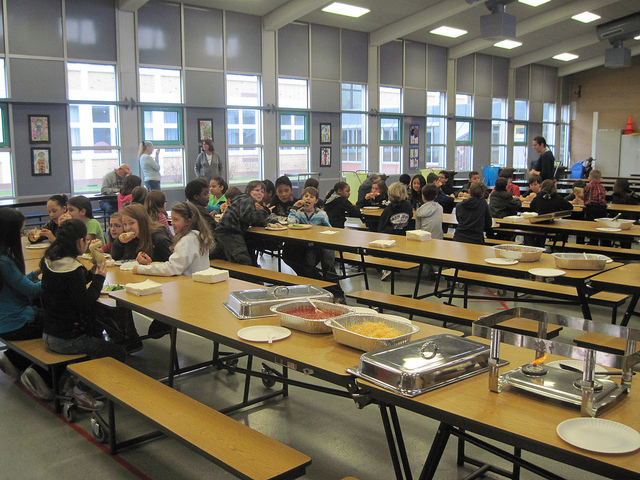
Think for a moment about your school. It’s organized into parts that perform specific functions. For example, the principal controls everything that goes on in the school, the custodian takes care of wastes, you get energy by eating your lunch in the cafeteria, the hallways transport you from classroom to classroom, and the security guard protects you.
Your school would not function without all these individual parts carrying out specific functions in the school. If this organization works so well, do you think a similar type of organization might be at work inside a cell?
Why Must Cells Absorb Energy and Nutrients?
Every living thing is made up of cells. All living things are called organisms. Most contain single cells. However, humans have multiple cells. To survive, cells play many roles. They grow, divide, and produce more cells. To produce more cells, they need to take in nutrients. Nutrients are defined as food or other substances that provide energy or building material for the survival and growth of a living organism.
Just as your school has parts that carry out different functions, each cell in the body has structures that carry out specific functions. These structures are called organelles. An organelle performs a specific function to help meet the basic needs of the cell. Altogether, the sum of these contributions ensures survival of the cell.
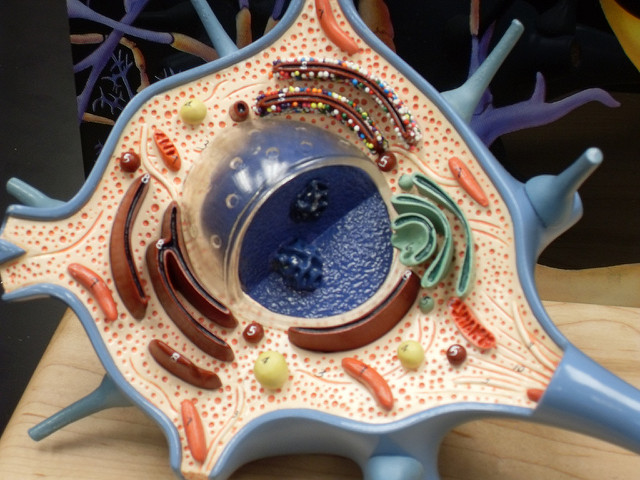


There are many misconceptions about cells.
-
All cells are flat and small.
Cells come in many different shapes and sizes, depending upon their function. -
Cells cannot live on their own.
Actually, some organisms consist of a single cell that can carry out all life processes needed for survival. -
The larger the organism, the larger the cells that make up that organism.
Larger organisms have more cells than smaller organisms.
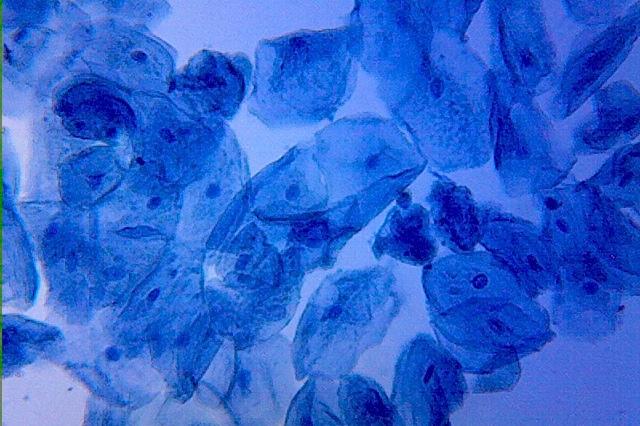
-
Cells look like the color-coded drawing in the books.
The pictures are diagrams, not actual cells. Cells look different depending upon their functions. -
All organisms have all levels of organization.
Some organisms consist of a single cell, while others are composed of cells and tissues only. Not all organisms have organs or body systems.
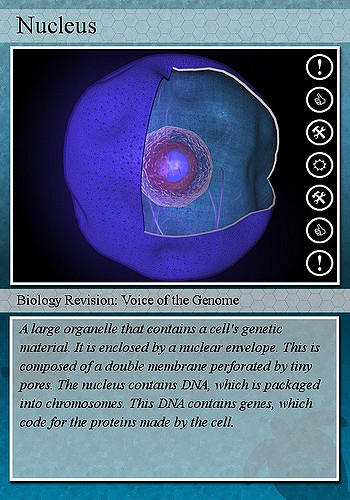
Cells Reproduce
The cell nucleus is one example of an organelle. This structure is found near the center of the cell. The cell nucleus acts like the brain of the cell. It helps control eating, movement, and reproduction. Chromosomes are located inside the nucleus. The genetic information in chromosomes directs the main functions of the cell, including protein synthesis, reproduction, and heredity.

During cell reproduction, the cell makes a copy of all of its chromosomes and sends an identical copy to the new cell that is created.
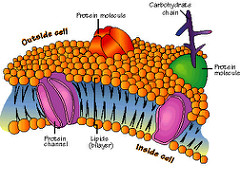
Cells obtain energy.
Cells must obtain energy in order to survive and carry out its functions. All cells have a cell membrane that surrounds the cytoplasm. The cell membrane functions to hold the cell together. It also functions as a barrier between the cytoplasm and the external environment, allowing only certain substances into or out of the cell.
Cells must take in substances from their environment in order to perform basic functions of life. The cytoplasm provides a site for the chemical processes needed to carry out these life functions.
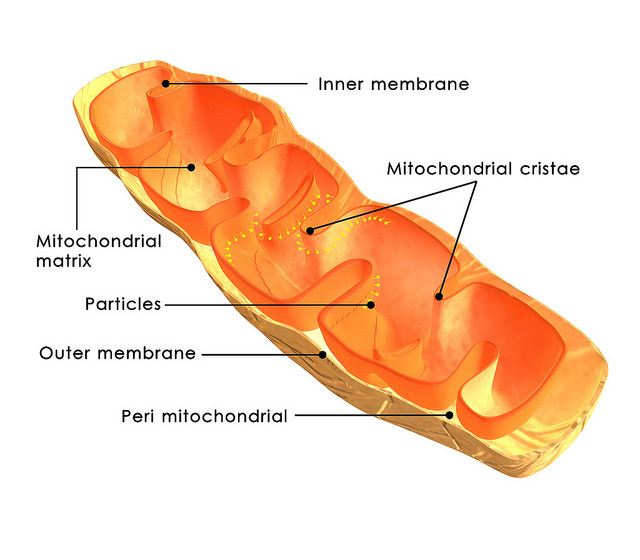
Mitochondria plays a vital role in obtaining and processing energy. Many cells typically have several mitochondria in their cytoplasm. Each individual mitochondrion carries out the chemical process known as cellular respiration. Cellular respiration is a series of chemical reactions that break down glucose molecules into carbon dioxide and water. During this breakdown, energy is released. The mitochondria are equipped with structures that capture this energy and store it in a form the cell can use for energy-requiring processes. For example, the energy can be used to allow the cell to grow and divide.
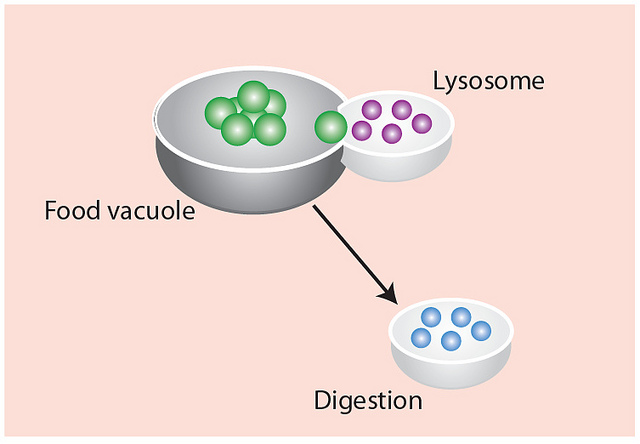
Cells process waste.
Cells have to have a way to remove waste in order to function. Lysosomes hold enzymes that were created by the cell. They are used to digest food and break down
the cell when it dies. The cell absorbs food, and the lysosomes attach and release their enzymes. Lysosomes go to work even if there is no food for the cell. When the signal is sent out, lysosomes will actually digest the cell organelles for nutrients.
Rubric
 Find Rubric
Find Rubric
| Criteria | Ratings | Pts |
|---|---|---|
|
This criterion is linked to a Learning Outcome
Description of criterion
threshold:
5 pts
|
This area will be used by the assessor to leave comments related to this criterion.
|
pts
/
5 pts
--
|
